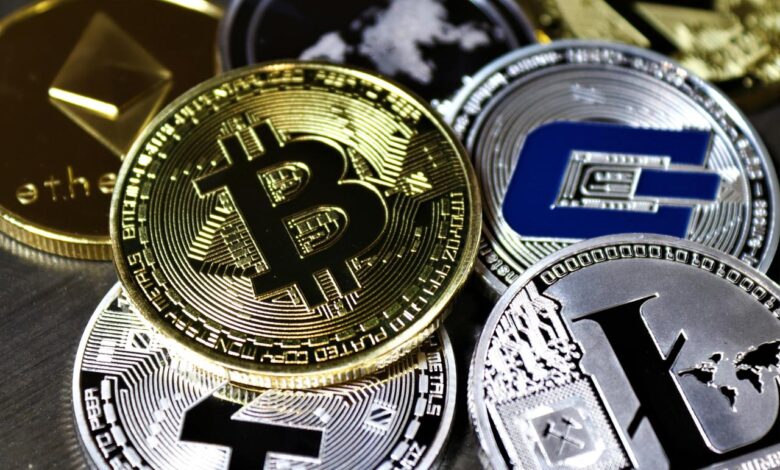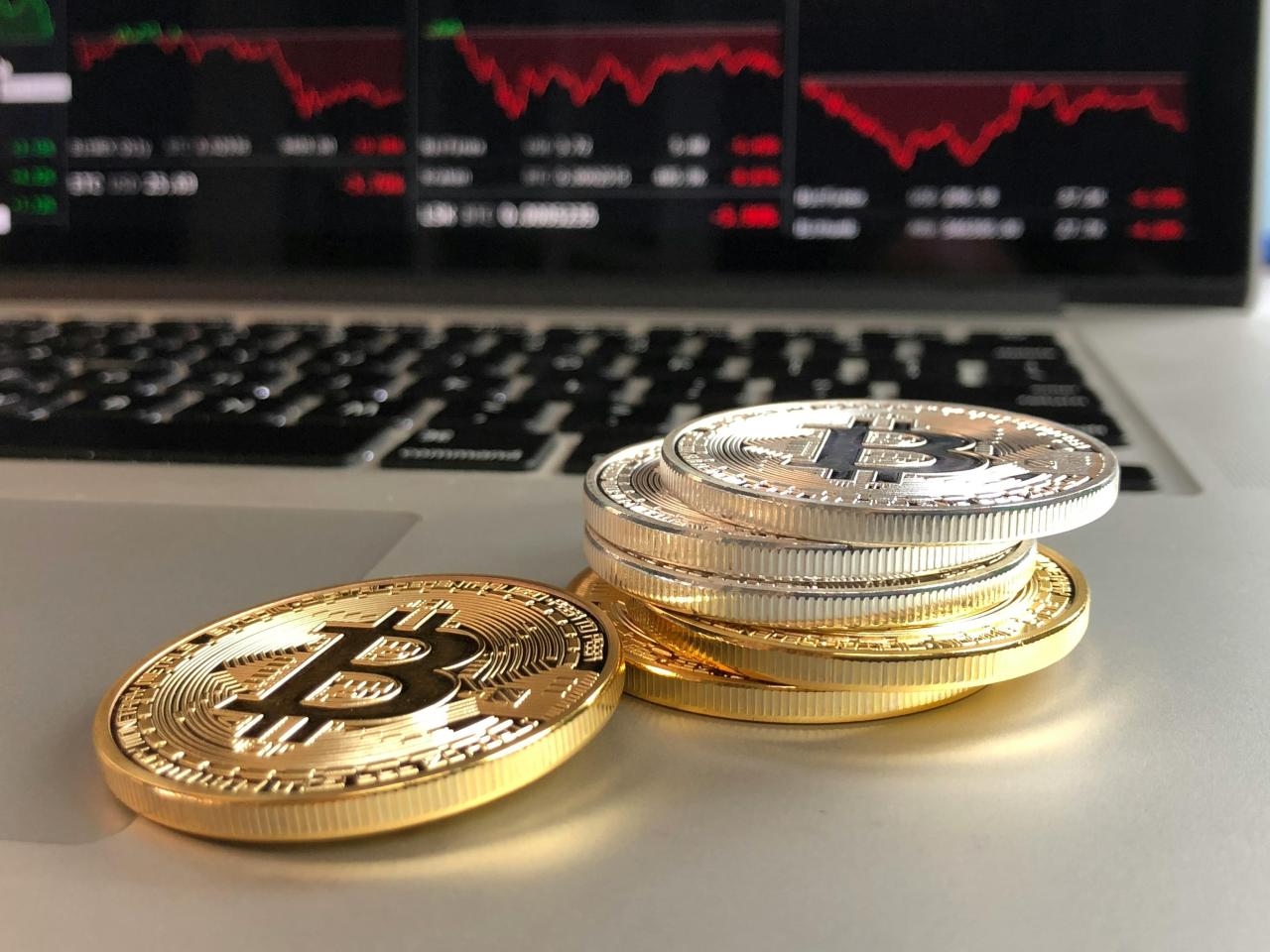Regulating Crypto: Why, How, and Who Decides

The emergence of cryptocurrencies and the decentralized finance (DeFi) ecosystem represents a fundamental, paradigm-shifting technological breakthrough that has revolutionized global financial interactions. These digital assets, built upon permissionless, transparent blockchain technology, offer unparalleled speed, efficiency, and a powerful sense of financial autonomy, challenging the centuries-old reliance on centralized banking and government-issued money.
However, this same inherent decentralization, which is celebrated by enthusiasts, creates massive and entirely novel challenges for established legal and regulatory systems worldwide. The lack of a central authority, the speed of cross-border transfers, and the complexity of smart contracts introduce immense, systemic risks that affect consumer protection, market integrity, and national stability.
Consequently, the critical question of crypto regulation—exploring why, how, and who must govern this borderless market—has become one of the most urgent and complex policy debates facing global financial authorities today. This ongoing legal struggle aims to harness the benefits of digital innovation while simultaneously mitigating the potential for catastrophic fraud, illicit financing, and widespread market collapse.
Understanding this regulatory imperative is crucial for comprehending the future trajectory of digital assets and their integration into the traditional economy.
The Imperative: Why Crypto Needs Regulation
The argument for regulating the cryptocurrency market is primarily rooted in three critical public policy concerns. These concerns are consumer protection, market integrity, and the mitigation of systemic financial risk. The decentralized nature of the market creates unique vulnerabilities that traditional financial law was not designed to handle.
A. Consumer and Investor Protection
The crypto market is characterized by extreme volatility, complexity, and a significant lack of transparency regarding many projects. Retail investors, often lacking the necessary technical or financial literacy, are highly vulnerable to catastrophic losses. These losses can stem from pump-and-dump schemes, outright fraudulent projects (“rug pulls”), and the extreme price fluctuations inherent in the market.
Unlike traditional banks or brokerages, the decentralized ecosystem offers no central recourse. There is no deposit insurance to cover losses from exchange hacks or smart contract failures. Regulation is necessary to establish mandatory disclosure requirements. These requirements ensure investors receive clear, accurate information about the risks involved. This intervention aims to shield the public from predatory schemes and unexpected losses.
B. Market Integrity and Illicit Finance
The pseudonymous nature of certain crypto transactions makes the technology attractive for illicit financing. This includes money laundering, sanctions evasion, and financing terrorism. Regulators must enforce stringent Anti-Money Laundering (AML) and Know Your Customer (KYC) rules. These rules are applied to all on- and off-ramps, such as centralized exchanges.
Regulation is also needed to police market abuse. This includes activities like insider trading and market manipulation, which are common in less regulated digital markets. Establishing clear rules for trading conduct and monitoring order books is essential. This oversight ensures that digital markets operate with the same level of integrity as traditional stock exchanges.
C. Systemic Financial Stability
The rapid growth of the crypto asset market, particularly the massive market capitalization of certain stablecoins, introduces a growing systemic risk to the traditional financial system. If a major stablecoin were to suddenly fail and de-peg, the resulting shock could cascade into the broader banking sector. Regulation is required to ensure that major crypto institutions and stablecoin issuers maintain adequate capital and liquidity reserves. This prevents individual failures from triggering widespread economic crises. The size of the market has become too large to ignore.
The Mechanisms: How to Regulate Crypto

The “how” of crypto regulation involves applying traditional legal concepts to novel technological structures and, in some cases, developing entirely new regulatory frameworks. The challenge is imposing rules without undermining the core technological benefits of decentralization. This requires a nuanced approach.
D. Classification and Legal Definition
The first critical step is legal classification. Regulators must determine whether a digital asset functions as a currency, a commodity, or a security. This determination is paramount because it dictates which existing regulatory body has the statutory authority to oversee the asset and its related activities. For instance, classifying a token as a security triggers stringent disclosure requirements.
E. Regulation of Centralized Intermediaries
Regulators are focusing on the centralized on- and off-ramps as the most efficient points of control. Centralized exchanges (CEXs), custodians, and fiat-to-crypto payment processors must adhere to banking-like regulations. These rules include mandatory capital requirements, consumer asset segregation, and strict AML/KYC protocols. These entities act as necessary regulatory choke points.
F. Stablecoin Regulation (Reserves and Audits)
Regulation for stablecoins is highly specialized and focuses primarily on ensuring their peg is reliably maintained. New rules are being developed to require issuers to hold high-quality, fully liquid reserves (e.g., cash and short-term government bonds). Mandatory, independent, and transparent audits of these reserves are also required. This ensures that the stablecoin can always be redeemed 1:1, mitigating systemic financial risk.
G. Regulating DeFi and Smart Contracts
Regulating DeFi and smart contracts is the most complex challenge due to the lack of a central entity. The current approach involves targeting the identifiable human participants, such as the front-end interface developers or the decentralized autonomous organization (DAO) founders. Future regulation may involve requiring formal code audits and liability standards for smart contract developers. The regulatory focus shifts from the institution to the underlying code.
H. Tax Reporting and Compliance
Regulators are actively tightening rules surrounding tax reporting. Financial institutions and exchanges are increasingly required to provide detailed transaction reports to tax authorities. This measure combats non-compliance and ensures that capital gains from crypto asset transactions are accurately reported. This reduces tax evasion and increases state revenue.
The Authorities: Who Regulates the Digital Market

In most national systems, authority over the crypto market is fragmented among several existing regulatory bodies, reflecting the asset’s multi-faceted nature. These agencies often compete or collaborate to establish comprehensive oversight. This fragmentation is a major source of market confusion.
I. Securities Regulators
Securities regulators (like the SEC in the U.S.) assert jurisdiction over digital assets they classify as “securities.” Their primary mandate is to protect investors and ensure comprehensive disclosure for public offerings. Their focus is on ensuring that investment tokens meet the same standards as traditional stocks and bonds.
J. Banking and Financial Regulators
Banking and financial regulators oversee institutions that manage currency and deposits. They focus on the systemic stability risks posed by large stablecoin issuers and the banking activities of crypto custodians. Their mandate is to ensure the overall health of the financial system. They implement rules like the Basel Accords for capital adequacy.
K. Treasury/Financial Crime Authorities
Treasury departments and financial crime enforcement agencies (like FinCEN in the U.S.) are responsible for enforcing AML and KYC statutes. Their role is to track illicit funds and prevent the abuse of cryptocurrencies for money laundering or sanctions evasion. Their focus is on the criminal misuse of the technology.
L. International Cooperation Bodies
Global organizations like the Financial Stability Board (FSB) and the Bank for International Settlements (BIS)coordinate international regulatory responses. They work to establish consistent standards across countries. This cooperation is vital for managing the inherently borderless nature of the crypto market. International agreement is necessary to prevent regulatory arbitrage.
Conclusion
Crypto regulation is the essential policy response designed to stabilize the volatile digital asset market.
The necessity for oversight stems from critical issues related to consumer protection, market integrity, and systemic financial risk.
The complex “how” involves legally classifying assets to determine the correct jurisdictional authority for enforcement.
Regulation primarily targets centralized exchanges, custodians, and payment processors as efficient regulatory choke points.
New rules are being implemented to mandate full reserve backing and transparent audits for major stablecoin issuers.
The challenging regulation of decentralized finance (DeFi) focuses on targeting the human-facing interfaces and protocol founders.
Securities and banking regulators are the key domestic agencies competing to assert authority over different asset classifications.
International cooperation is paramount to prevent regulatory arbitrage and ensure the global integrity of AML/KYC enforcement.
Regulation aims to foster institutional confidence, which is necessary for the long-term, mainstream adoption of digital assets.
The ultimate goal is to harness the immense technological benefits of blockchain while aggressively mitigating catastrophic market failures.
The legal framework ensures that the speed and efficiency of the digital market are balanced with mandatory consumer safeguards.
The ongoing struggle for regulatory clarity will fundamentally define the competitive landscape of finance for the next generation.


